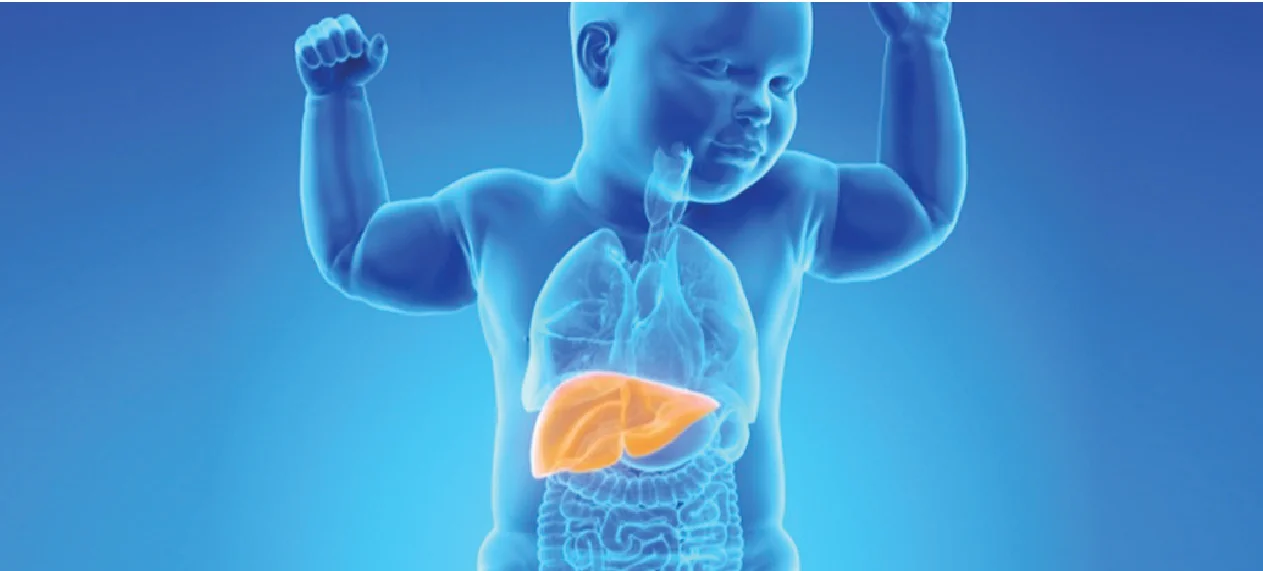
The liver is the largest internal organ in the human body. It performs several vital functions such as producing bile to digest fats, removing toxins and drugs from the blood, and helping in blood clotting, among others.
Liver problems in children are fairly common — some may even develop liver failure (acute or chronic), which can be life-threatening. However, liver cancer is rare in children compared to adults.
Hepatoblastoma is the most common type of liver cancer found in children, usually between the ages of 2 and 3. It affects approximately 3–4 children per million. Children suffering from hepatoblastoma often experience severe abdominal pain and discomfort. Prematurely born children are at a higher risk and may develop multiple tumors. As the child grows, the tumors can increase in size, making timely surgical removal crucial. In severe cases where the tumor cannot be removed, a liver transplant becomes the only treatment option.
The doctors initially perform a physical examination and look for certain symptoms based on which he recommends certain blood tests and diagnostic procedures. Some of the diagnostic tests include:
The choice of treatment depends on various factors, including the size, location, and spread of the tumor. The chances of recovery depend on how early the cancer is detected and how effectively it responds to treatment.
Bhagwan Mahaveer cancer hospital and research center have one of the best cancer hospitals in Jaipur famous for its liver cancer treatment. We have a team of the best Liver cancer specialists in Jaipur who are always available in case of any emergency or query. For any cancer-related query contact us for expert assistance.